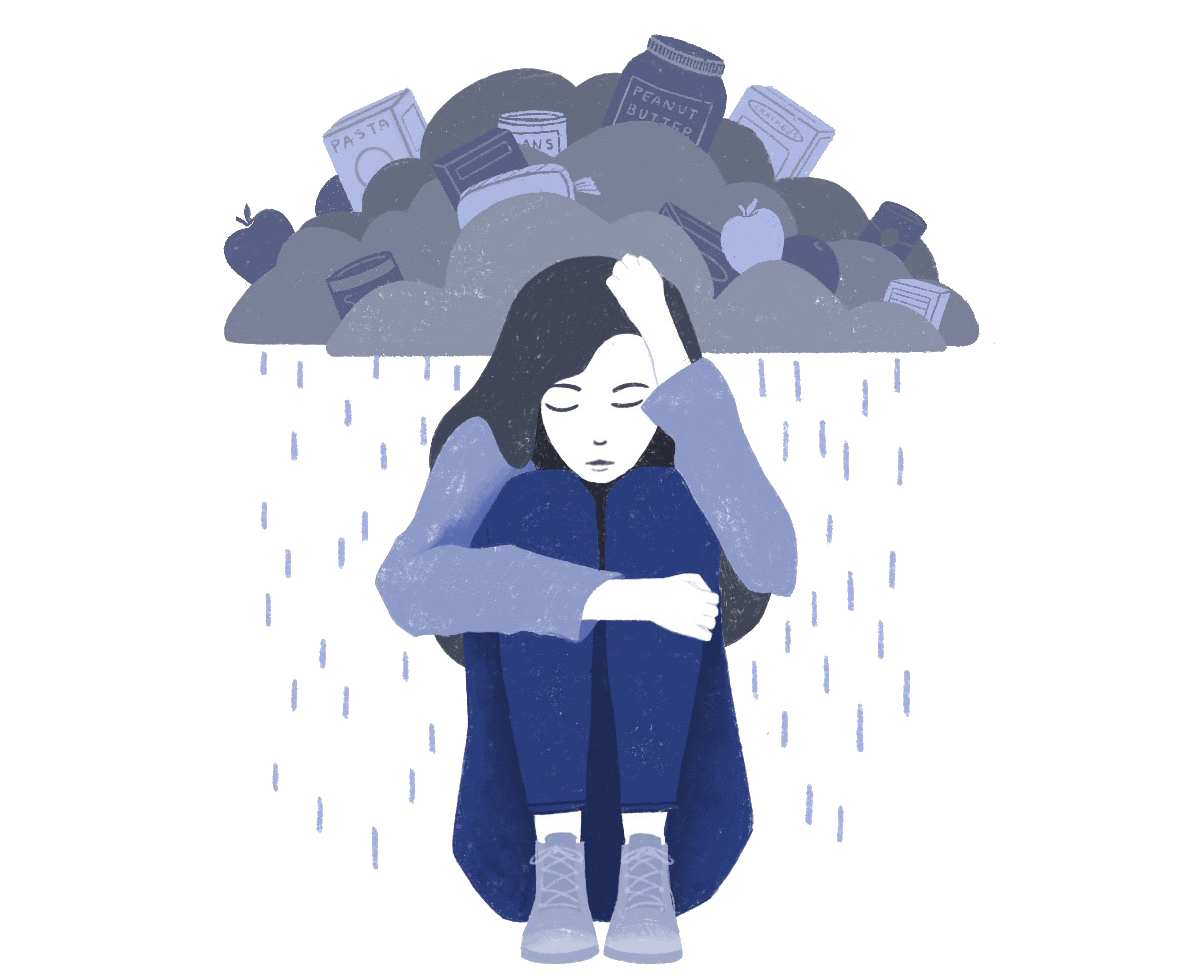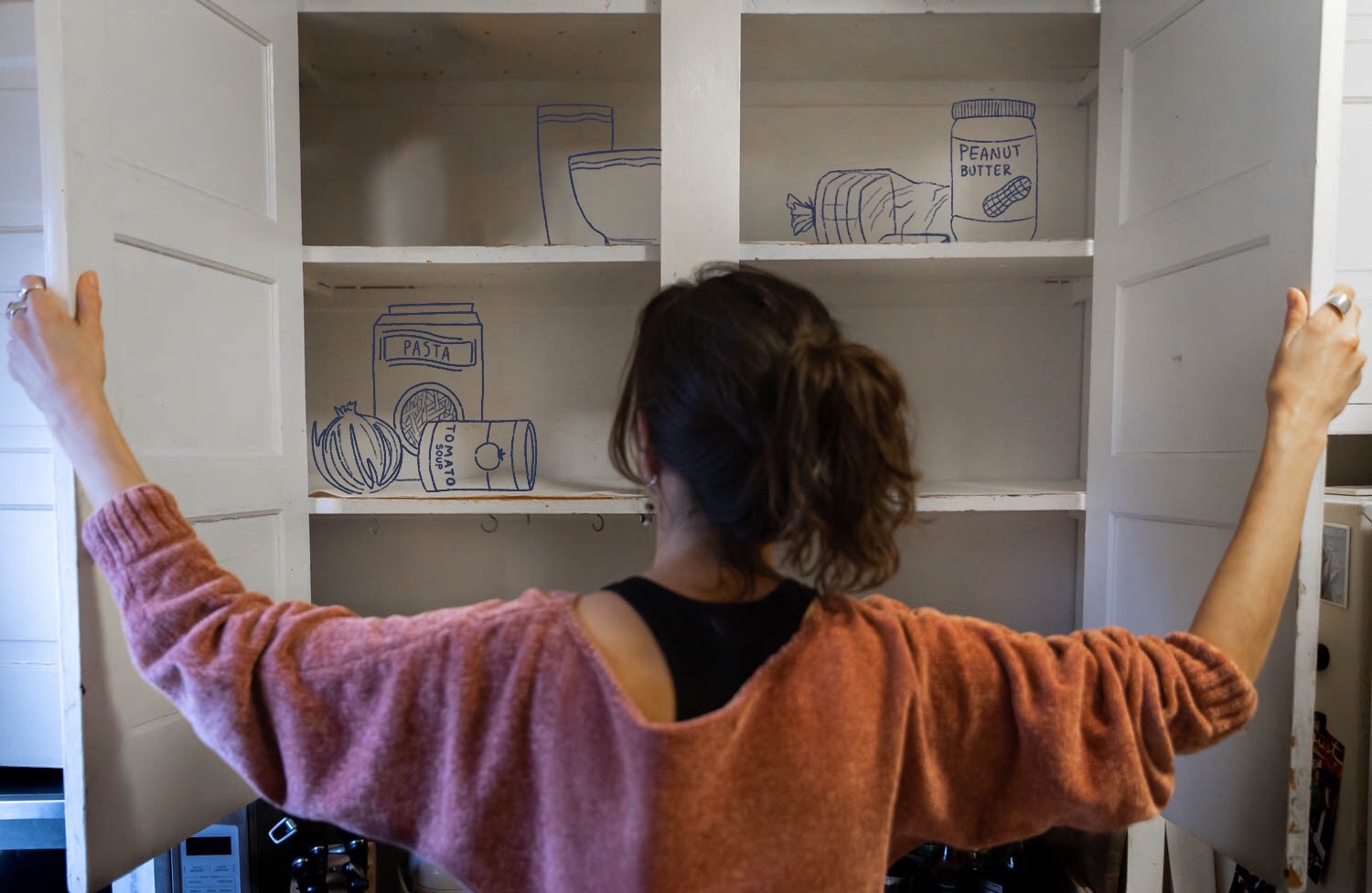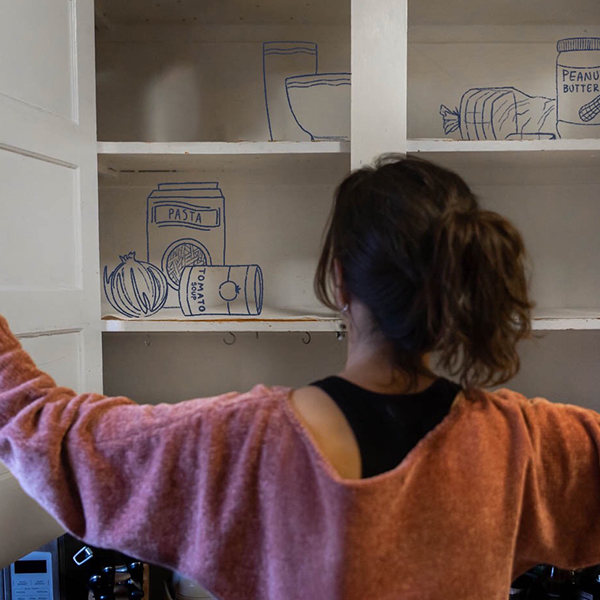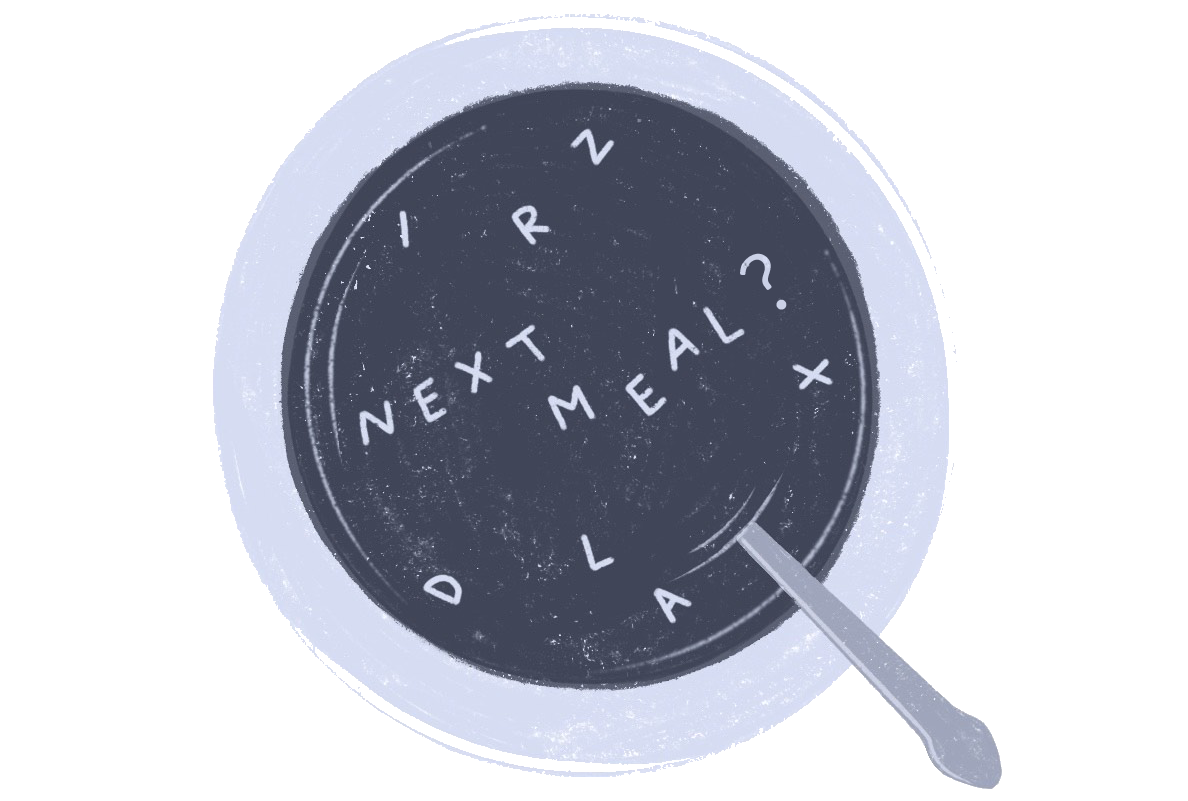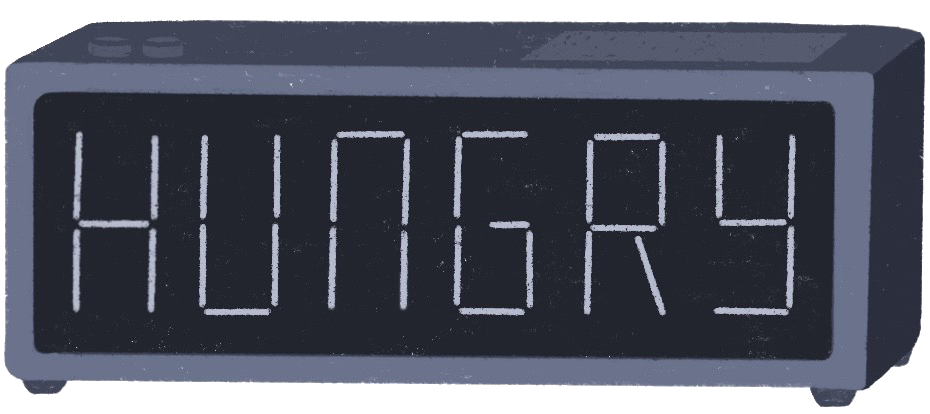Student-centric solutions
To address this growing problem, college campuses across the country have begun implementing programs. In fact, 686 colleges across the country offer food pantries on campus, according to data from the College and University Food Bank Alliance.“The concerning thing about food insecurity is that it’s often just the most visible sign,” says Shannon Lee, a poverty and education writer for Affordable Colleges Online, who points out that visits to a food pantry, for example, can suggest the existence of other challenges. “A lot of the time, what people might not see is that these students are dealing with so much more. They might be living in their car or on a friend’s couch, you just don’t know.“
Some solutions come from the students themselves. As a student at New York University, Jon Chin struggled with poverty and food insecurity. For Chin, food often sat at the bottom of his to-do list, and the lack of routine sustenance undermined his mental health. “Specifically after graduation, after my undergrad, it was really isolating and really depressing,” he says. “I couldn’t go out to eat with friends, and I couldn’t invite friends over for dinner.” To address those issues for others, he created the Share Meals program, which allows college students to share their meal cards and plans. At Bellarmine University in Kentucky, senior sociology major Becca Broada began the Knights Pantry, a free food pantry for students. Earlier this year, a group of students at Cornell University created Anabel’s Grocery. The student-run grocery store provides fresh, healthy, and affordable food for all students at Cornell University. And students at the University of Wisconsin-Madison also created a food pantry for students, and students continue to run it.
University administrators also have sought out creative solutions to address the issue. For example, when SUNY-Cobleskill administrators decided to tackle food insecurity, they found their students were more likely to walk to an off-campus food pantry – there are three within walking distance of campus – than an on-campus one, according to Irving. This wouldn’t surprise Chin, who created his meals program with the goal of avoiding highlighting the food-insecurity aspect of the initiative because of the stigma attached to that label. “I think one of the biggest pitfalls of putting the label on any initiatives that universities do, is that they actually continue to stigmatize and isolate students who are food insecure,” he says.
To avoid that, members of the food insecurity task force at SUNY-Cobleskill decided against using their funding for an on-campus food pantry; instead, they implemented an emergency hot meal program. This program allows students to fill out an online form detailing their situation, and within 24 hours, that student will have three days’ worth of hot meals on their student card. “Nine times out of 10, we’re going to give them the meals and then figure it out afterwards,” says Mary Irving, a chairman of the task force. “In return, the students have to have a follow-up conversation with one of us, because we figured that if there’s a problem with food, then there’s a problem with other things.”
“I think one of the biggest pitfalls of putting the label on any initiatives that universities do, is that they actually continue to stigmatize and isolate students who are food insecure.”
The university also created free cooking classes for students, who can come in and learn to cook recipes with items found in their food pantry. When Irving thinks of what she has taught her class, a recipe immediately pops into her brain: a chocolate-mousse that uses black beans. “I know it sounds weird, but it’s actually delicious,” she says. The university implemented a business-clothing closet for students to both donate and receive business clothing for job interviews, class presentations, and other professional opportunities. Raines admits she struggles when it comes to making non-need-based purchases. she says. “I have a horrific time buying clothes for myself or buying anything beyond the bare minimum,” she says. “I feel horrifically guilty because you don’t know when it [food insecurity] is going to happen again.”
The SUNY System Administration and Food Insecurity Task Force also works with statewide programs such as Nourish Your Neighbor and Hunger Solutions to help ease food insecurity for students. Nourish Your Neighbor works with colleges, students, and the Boy Scouts of America to provide nutrition education and collect healthy food items to donate to various food pantries in Ontario County, N.Y. The program has grown every year, and Christy Richards, a public health educator and Nourish Your Neighbor coordinator, notes with delight the increase in healthy items — 50% more whole-grain pasta, 22% more quinoa, and 55% more proteins than the year before. “In 2018, of the healthy fruit items, 67% were 100% fruit juice. That’s huge!” Richards says.
Ultimately, food insecurity on college campuses requires a range of solutions and resources. For some, even the task of starting a small food pantry sounds daunting. At the SU food pantry, Syeisha Byrd, the director of Office Engagement Programs at Hendricks Chapel, keeps a positive attitude. The SU Student Association recently donated $10,000 to the SU Food Pantry from their rollover funds, which traditionally go toward concerts and events. The SU Food Pantry is about the size of a small closet and features four different shelving units, filled with food like pasta, beans, and canned soups along with care products such as tampons. Since learning about the SU Food Pantry more than a year ago, Raines has used it herself and introduced it to others. When she learned about an underclassmen student struggling with the same food insecurity issues she faced, she stepped in to help. This semester, she met a freshman in a class that she co-facilitated who shared she was food insecure. After talking about resources on campus, she invited the student to dinner at her house. “I think my reaction to knowing that other people are hungry is first anger — not at them, of course, but anger that this is still happening,” she says. Then, she thinks, “Okay, how are we going to fix this?” After graduation, Raines plans to take the year off and live with her sister in Washington, D.C. while working and applying to law school. But her worry of food insecurity remains a constant in her life. “It’s deeply ingrained. Like I don’t care if I’m making $150,000, I’m still probably going to know exactly what’s in my pantry,” she says. “I’m going to be afraid of it for the rest of my life. I’m going to constantly be thinking about it for the rest of my life.”
